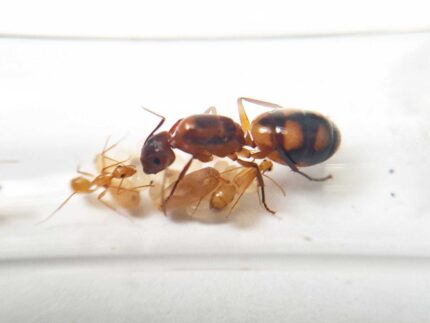
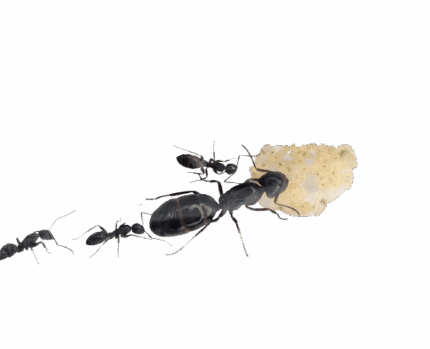
Camponotus cruentatus
$24.67 – $63.09Price range: $24.67 through $63.09
Worldwide shipping
Free delivery over 999 PLN
The highest quality of goods
Live delivery guarantee
24/7 Personal Support
Fair Prices
Description
The Camponotus cruentatus is a monogynous ant species with a colony size of up to 10,000 individuals. They have a medium development rate and come in various sizes, with queens measuring around 14-16 mm and workers and majors ranging from 6-14 mm. They have a dark gray-black color with orange segments on their stomach. Their nutrition consists of food insects and syrup.
Additional information
| Behavior | |
|---|---|
| Difficulty in breeding | |
| Origin | |
| The size of ants | |
| Wintering |
Camponotus cruentatus: The Fascinating European Ant Species
Colony Type: Monogyny
Colony Size: Up to 10 000 workers
Development Speed: medium
Size
- Queen: 14-16 mm
- Workers: 6-9 mm
- Majors: 8-14 mm
These ants exhibit a striking coloration, with predominantly dark gray-black bodies and the first two segments of the stomach displaying an eye-catching orange hue.
Nutrition
- Food insects (such as cockroaches and crickets) dead, or live if colony is big
- Syrup (a mixture of water and honey or sugar, with a ratio of 3 water:1)
- Fruits and vegetables
- Jelly
- Cooked chicken without salt, shrimps
- Honey
Don’t forget to check out our food products to ensure a well-balanced diet for your colony!
Humidity and Temperature
- Arena humidity: 30-50%.
- Nest humidity: 40-60%.
- Arena Temperature: 24-28 °C.
- Nest Temperature: 22-26 °C.


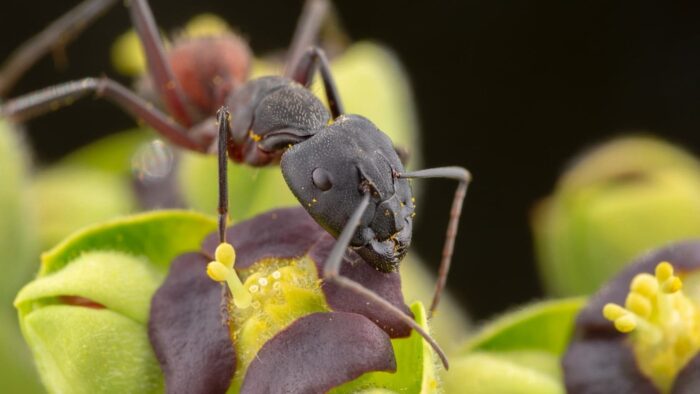
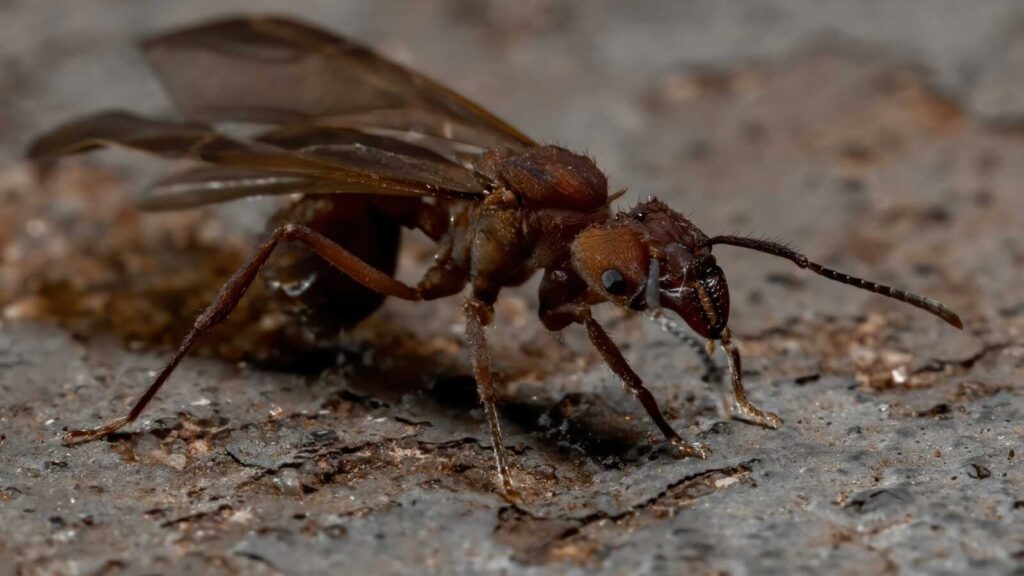
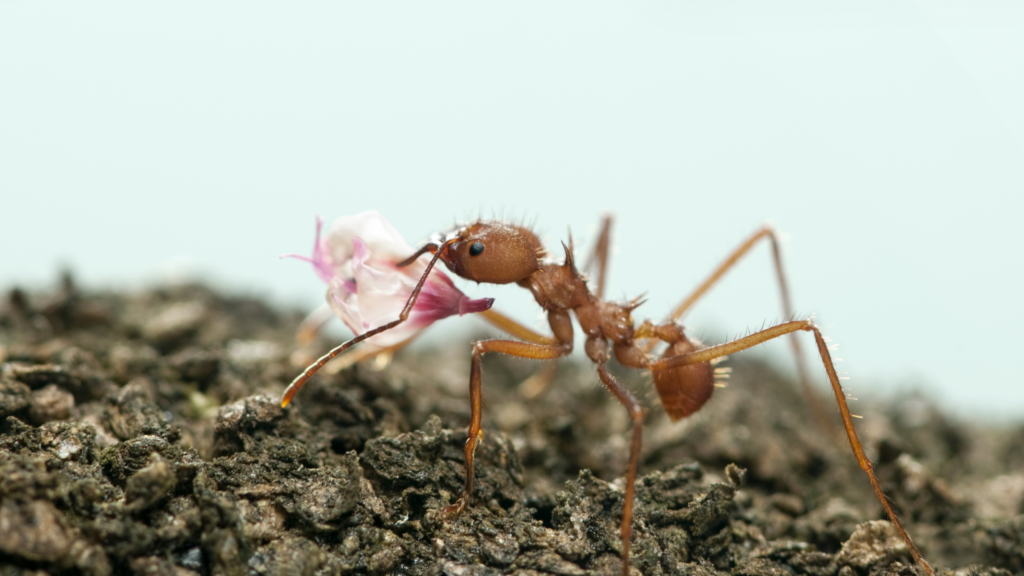
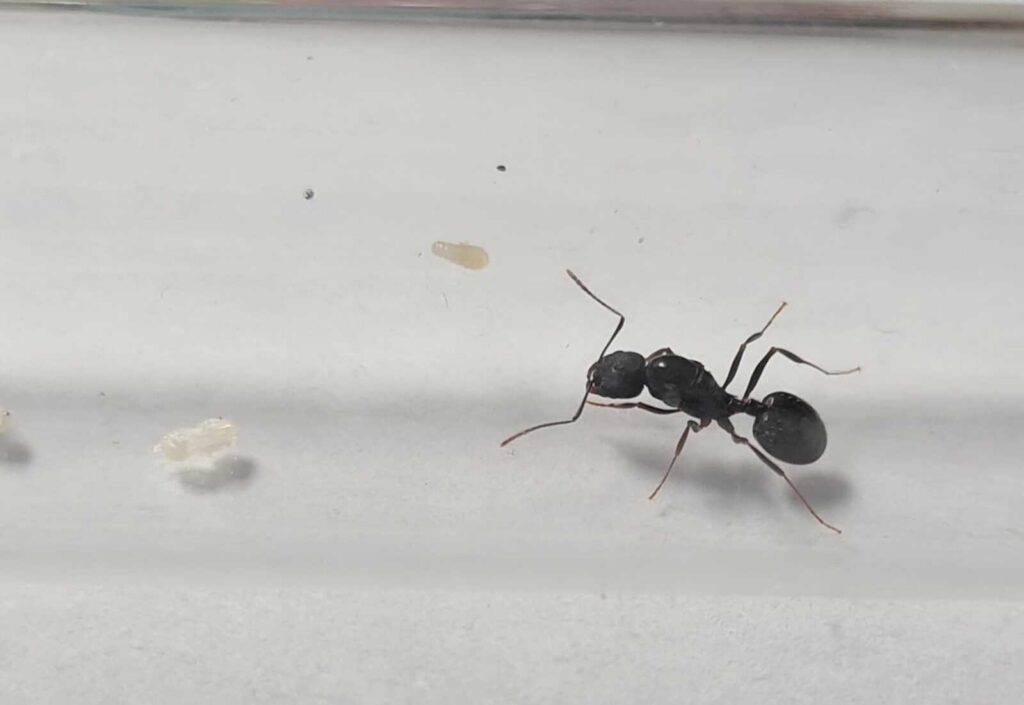
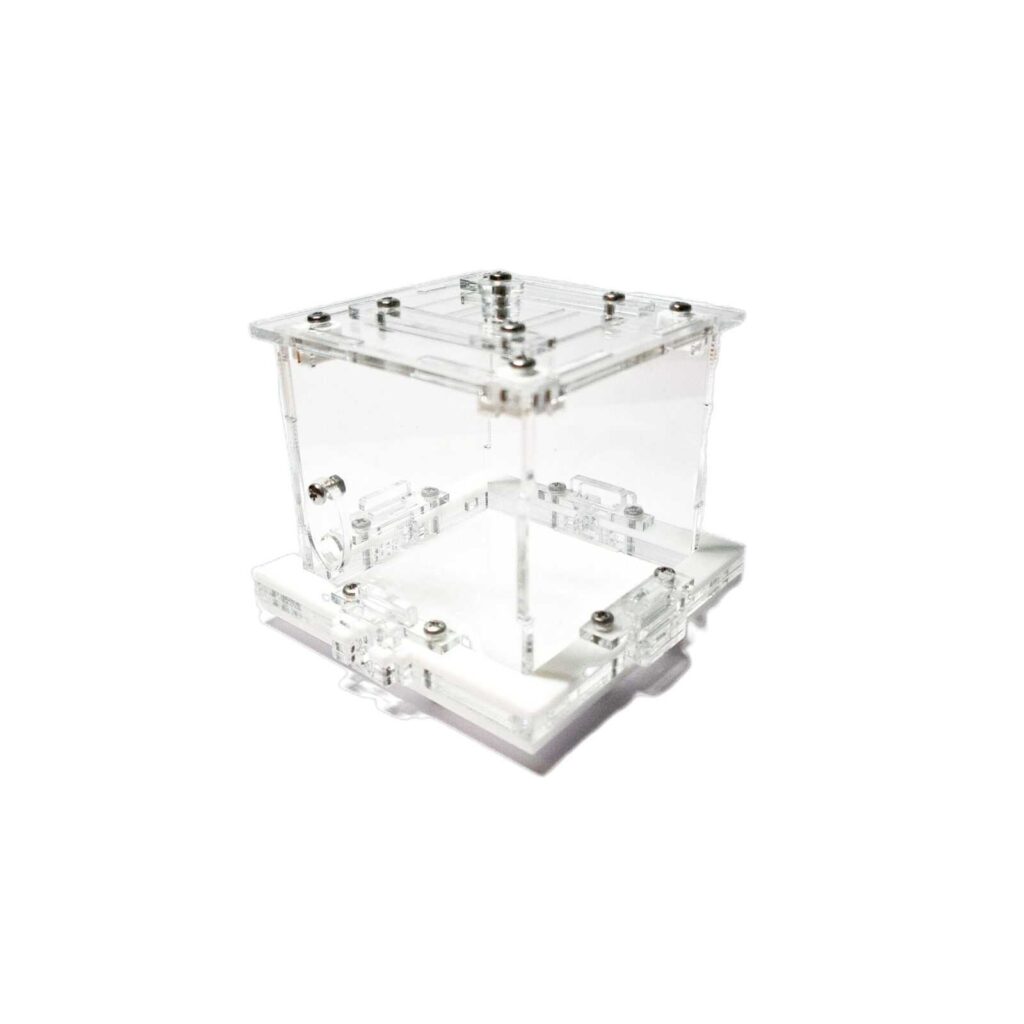
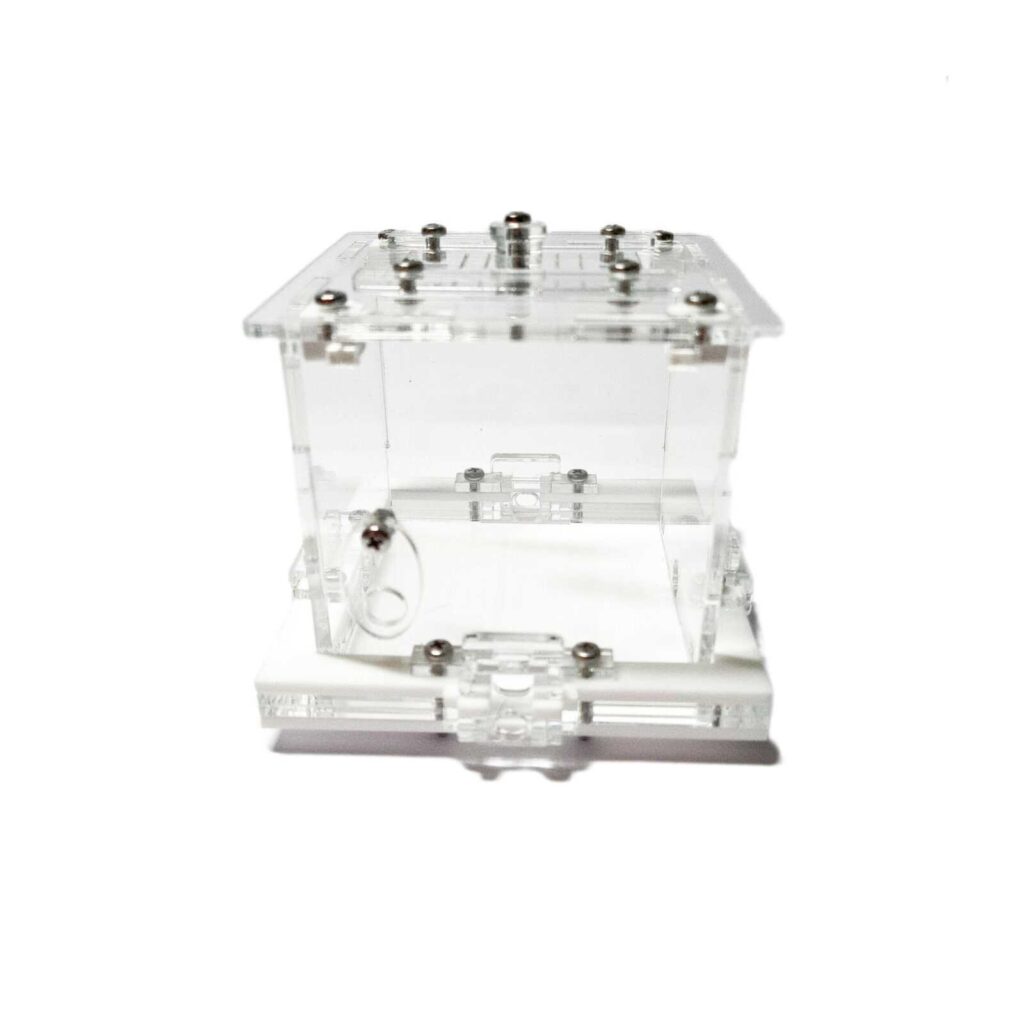
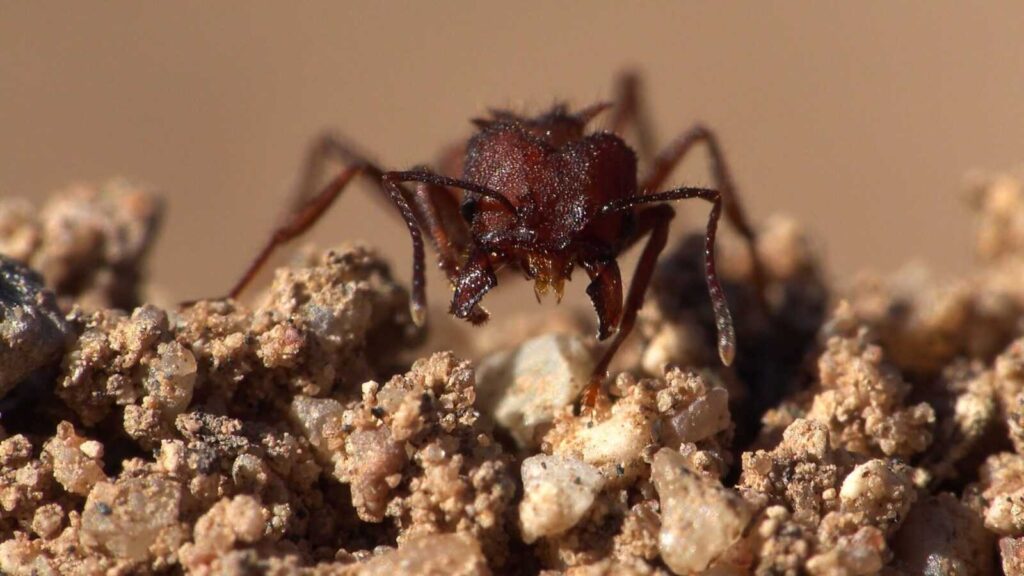
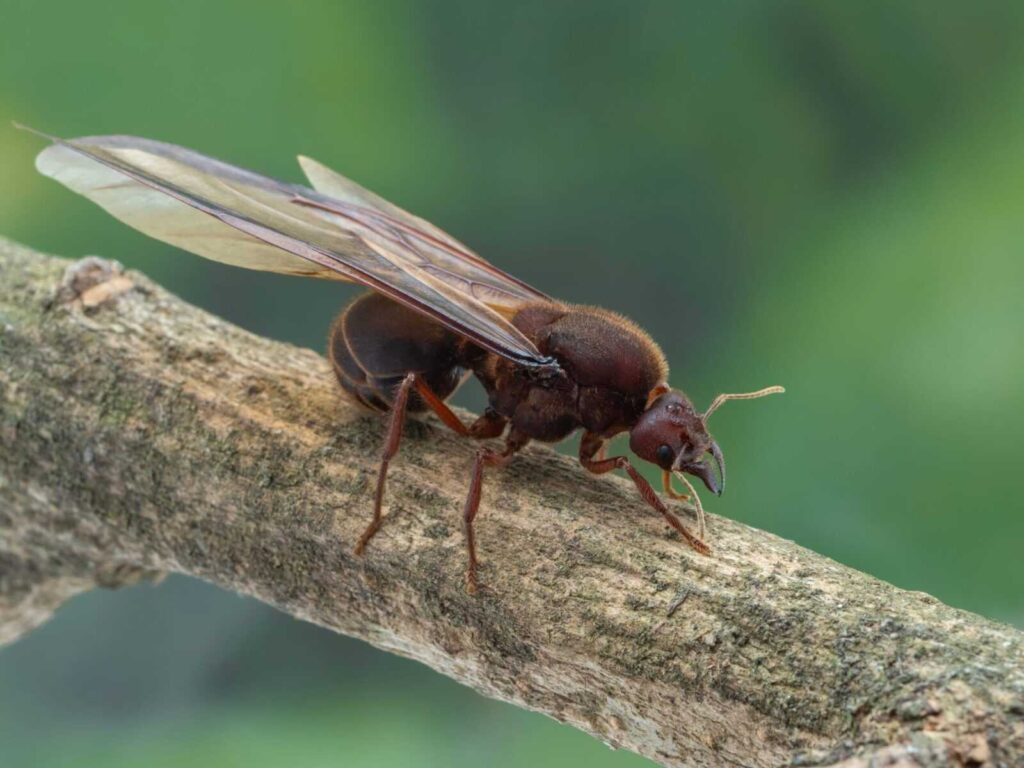
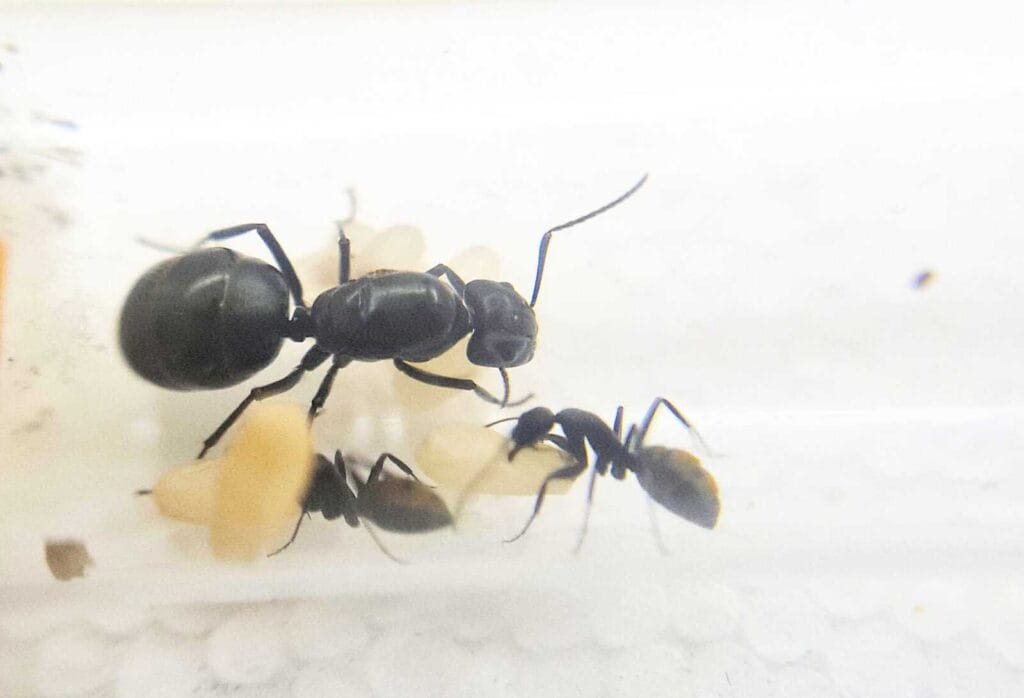

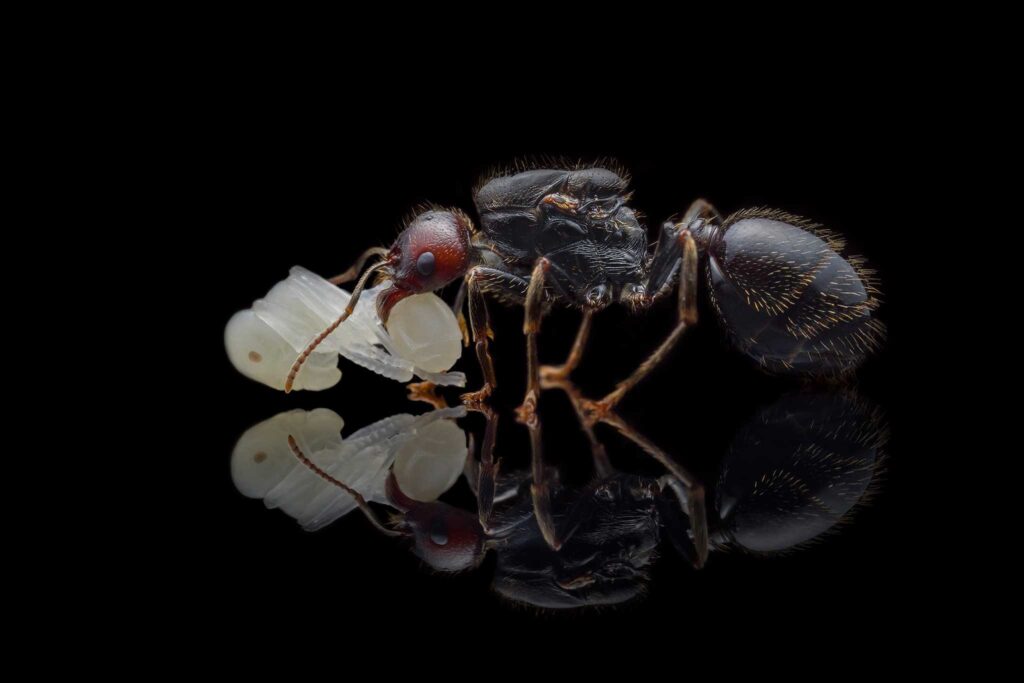
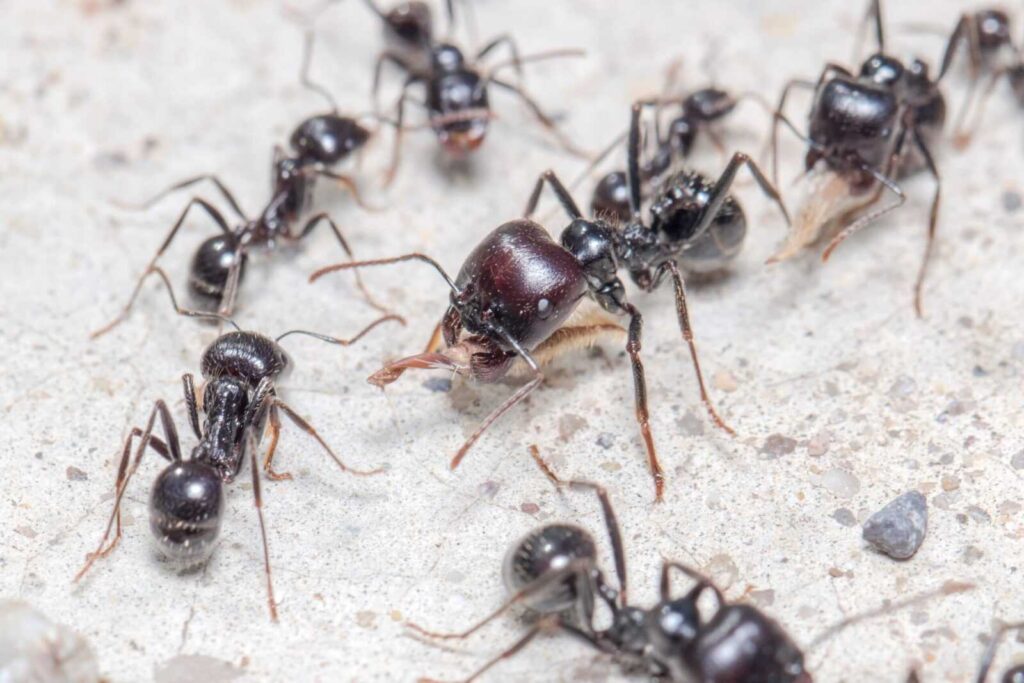
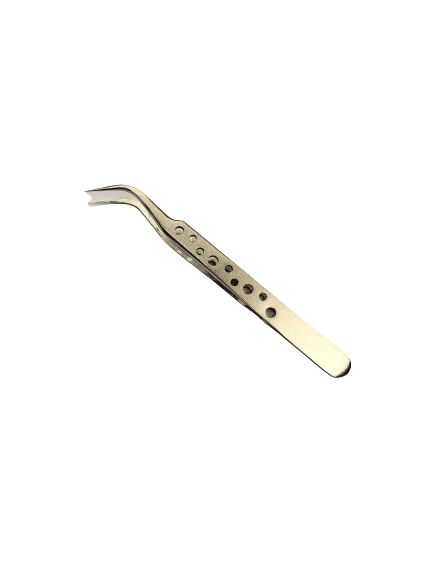
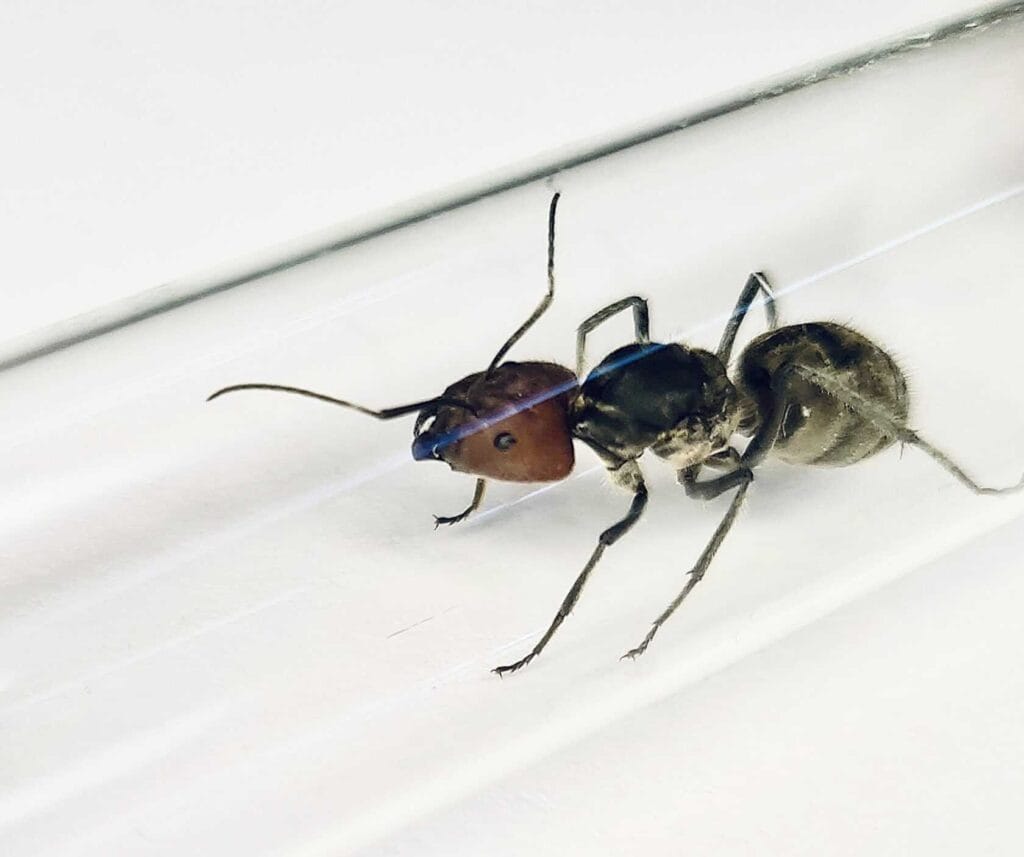
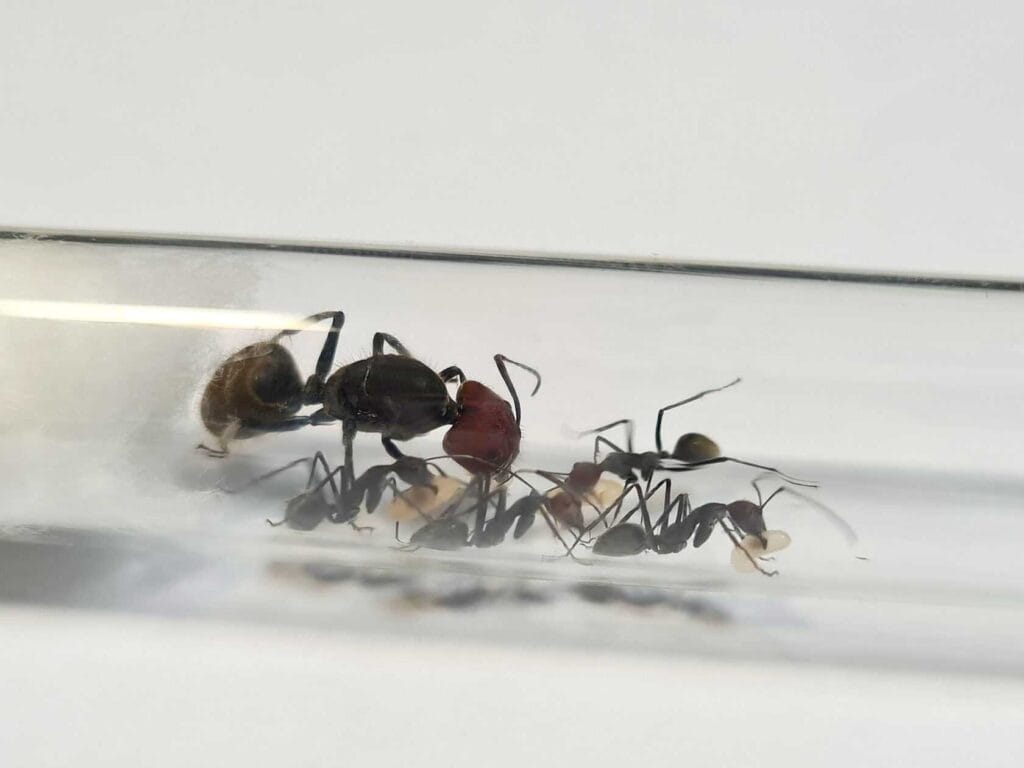


Reviews
Clear filtersThere are no reviews yet.